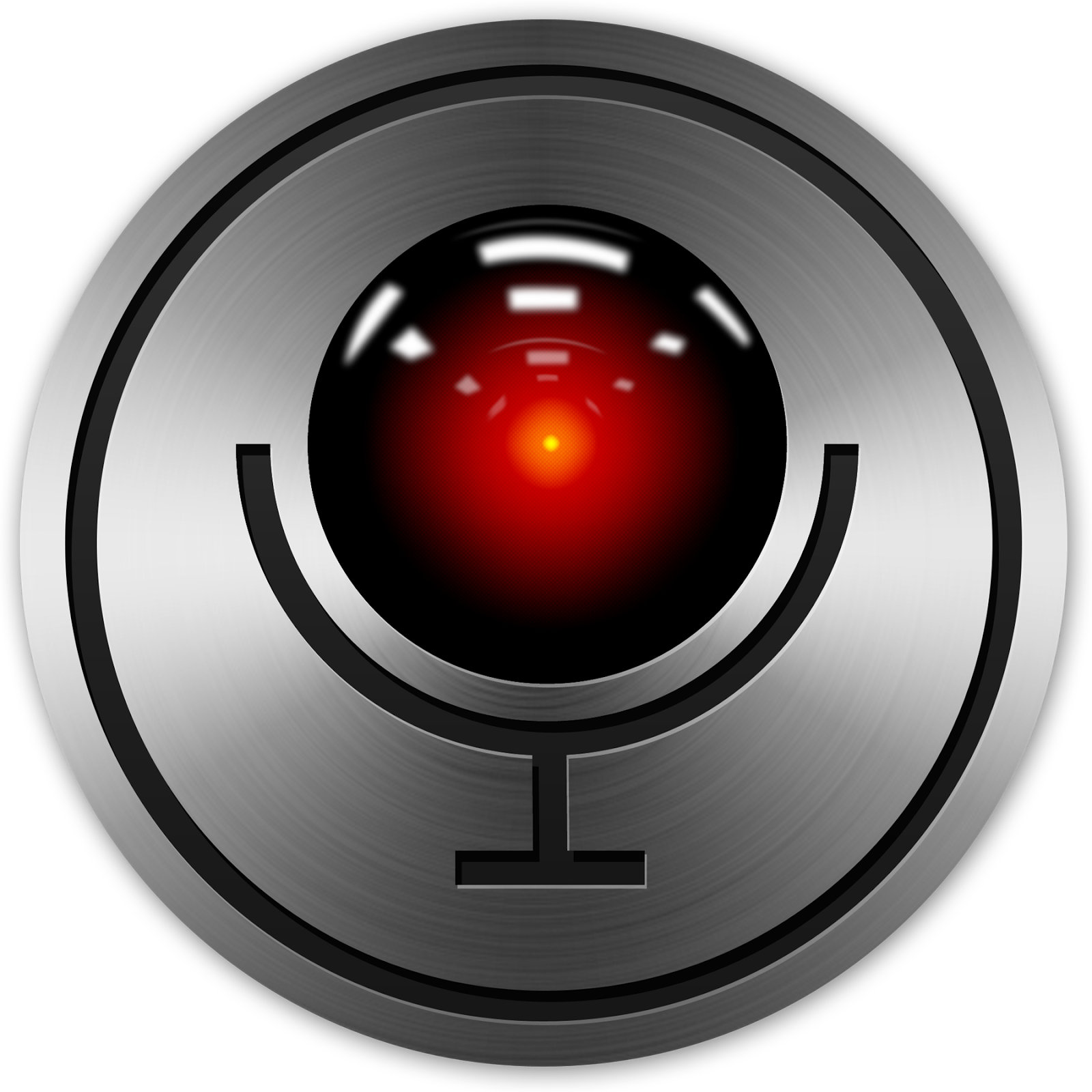

Typically, pests are monitored using either sticky traps, scent-based traps or pheromone traps.Īs trapping technology has evolved, OSU is now experimenting with Trapview camera traps that purport to identify pests captured internally on sticky film using Artificial Intelligence (AI) software. The Ohio State University IPM Program and Department of Entomology have maintained an insect pest monitoring network for over three decades. Well, not quite HAL from 2001: A Space Odyssey. Jim Jasinski, Frank Becker (Extension) Ashley Leach (Entomology) Harris and his wife live in Pflugerville with their five sons.Delta style Trapview trap in apple orchard with solar charger, humidity sensor and antennae. But what those impacts will be is certainly not clear to humans yet.

It’s pretty clear the consequences will have more impact if the machine-as-person concept is learned early. Whether you’re a kid who thinks a machine is human, or a seasoned life-liver who thinks a human is responding when it’s really a machine, either way the line between man and machine is blurred. It’s interesting to see this at both ends of the age spectrum. The grandma said she thought that there was an actual person reading and responding to each Google query and that she might get a faster response by being polite. They probably also thought, “No need to share this with us, we knew about it the second she typed it …” Her grandson saw this on her computer and shared it with Google who responded that in a world of billions of searches this one made them smile. She typed, “please translate these roman numerals mcmxcviii thank you” into the Google search field. In 2016 The Guardian ran a story about an 86-year-old’s polite query. If they are instructed to use standard interpersonal communication manners, are they being taught to humanize the machines, increasing the likelihood of a blurred reality?

I guess that kind of takes you back to the first study’s concern. You don’t want to teach kids to disregard their Ps and Qs, right?

I don’t employ any digital assistants (or any real ones for that matter) but I’ve never seen any commercial where the user says please or thank you. There might be something to this, as so many of the things digital assistants help with are activated by demands. I came across another small and incomplete study MIT released in 2017, which among its concerns were how kids (or anyone) speaking to digital assistants could foster impolite or downright rude behaviors. Although the googly eyes did throw the baby for a loop. I documented no signs of personal attachment between the kids and Roland. I named it Roland, and began speaking to it like it was a digital assistant. I got an empty toilet paper roll, glued some googly eyes onto it and added some red pipe cleaners for hair (and flair). I decided to do a study with my own test group (my kids). Now, with sleek, capable and ubiquitously integrated devices, few think twice about it. There was a time when speaking to inanimate objects put you in one of two categories: loony or in a Disney movie. It pointed to questions the kids asked like, “How old are you?” “What’s your favorite color?” and the children’s apparent desire to build a personal relationship with the device. It mainly focused on the somewhat startling discovery that young children treated the devices as if they were a part of the family and appeared to think they were speaking to a person. I came across a recent news story about a University of Washington study concerning children interacting with digital assistants (e.g., Alexa, Siri, HAL 9000).


 0 kommentar(er)
0 kommentar(er)
